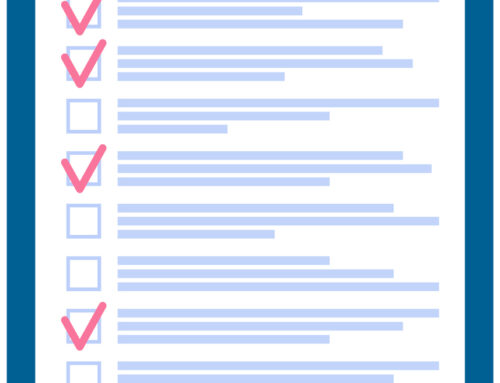With over 25 years’ experience in organizational leadership, C4’s Karen Stabelfeldt has extensive corporate experience, during which she has seen firsthand both the need for change, and the difficulties organizations face in effecting it.
C4 has dealt with lab systems running on Windows 7 or older (even though Microsoft has announced that they will stop supporting Windows 7 in 2020). We’ve also seen the healthcare organizations doing their best to avoid change—and seen them pay a price for their inaction.
Karen’s work in change management is focused on demystifying the process to make it manageable for organizations—helping them gain the efficiency and productivity benefits from more modern systems without the violent disruption that so many fear.
Identifying the Change Agent
“None of this is hard,” Karen declares. “It just needs a champion.” She points out that organizations that undergo successful change use a “change agent,” an individual charged with knowing the current system, the change desired, and how to smoothly shepherd workers, management, and the entire organization toward the desired end state. Sometimes this individual is chosen from within the organization, and sometimes hired from without. Karen points out that there are pros and cons to both hiring strategies.
“Obviously, a pro for hiring from within is that you already employ that person and they already know the organization,” states Karen. “One of the cons is that the individual already has a job. S/he’s known in the organization and might not be willing to put his or her credibility on the line. That person might also be reluctant to stir the pot the way it needs to be stirred in order to effect true change.”
“A plus of hiring a change agent from outside the organization,” Karen continues, “is that the individual is more independent and might be less easily swayed by influential voices within the company. The downside is having someone who does not know all of the unofficial communication networks within the company or who the critical influencers are. The change agent from outside has to learn these things on-the-job.”
Whether you hire from within or without, a change agent is going to be critical to any change management process.
Managing Change at Every Level
Organizational change must occur on many different levels. On an individual level, it happens for each worker; at the unit level, for every team or group; and it happens overall at the organizational level. “You have to look at change from multiple perspectives,” Karen advises. “You can’t just look at it from an overall organizational point of view. The change agent has to be able to conceptualize everything everyone is processing. The worker on the floor is having to utilize a new tool, while upper leadership is looking at the costs of implementing the new process. You have to understand the needs of both, while getting and keeping both on board.”
Another change leader responsibility is guiding change. Karen likens it to taking your car to the mechanic. “You might think it’s one thing that needs fixing, but the mechanic’s expertise will be the ultimate guide. The change management leader should have similar expertise, the ability to say ‘you don’t really need to change the flow process. You need to change the software you’re using.’ Having an experienced hand look at it from an external perspective helps you more fully understand needs at the individual, group, and organizational levels.”
This expertise will also help guide you toward an implementation process that’s right for the various levels of your organization. “It’s not one-size-fits-all,” Karen cautions. “There are many different models. Very rarely are any of them employed 100%. It’s usually a combination of models based on your needs. Even within the same organization, lab location, or type of lab might dictate different implementation models. Each lab approaches how to affect change based on their structure, organization, and culture.”
Change management needs a champion. Be sure you choose one who can look at your organization with sufficient objectivity to clearly see its strengths and weaknesses, one who has experience managing change with similar organizations, and one with the interpersonal skills to quickly absorb your organizational culture and ensure a change management process that suits it.






